It Sounds Like a Prank, but Worm Grunting Is a Real Tradition, Complete With a Festival, Weird Science, and a Booming Worm Business
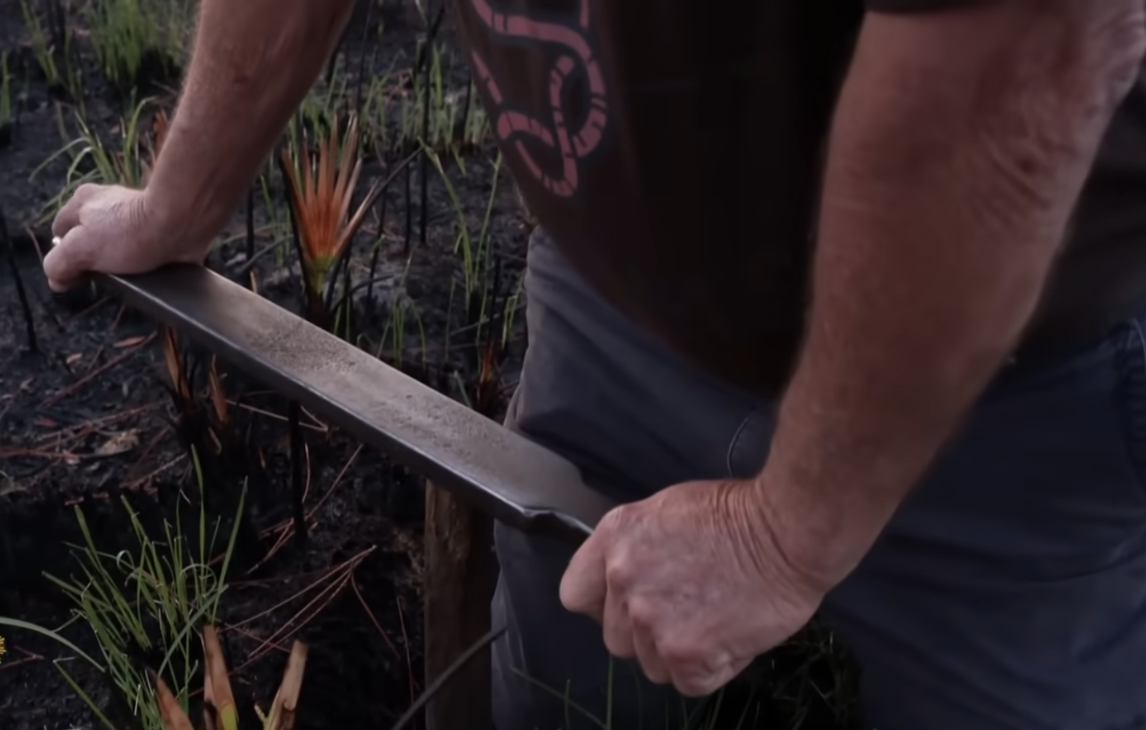
Worm grunting might sound like folklore, but in Sopchoppy, Florida, it’s a cherished tradition. What started as a way to collect fishing bait has blossomed into a full-fledged event, complete with an annual festival, a thriving local economy, and even ties to animal science. In this off-the-beaten-path town, worm grunting is the main attraction.
Locals take it seriously, and visitors are often amazed by its effectiveness. Grunters have their own tools, techniques, and stories, and they’re not afraid to get muddy. The festival draws everyone from amateurs to scientists, all united by the thrill of watching worms surface on command. With prizes, traditions, and plenty of fried food, it’s a surprisingly heartwarming celebration. And yes, “professional worm grunter” is a legitimate title here, delivered with a straight face.
Worm Grunting, Also Known as Worm Charming, Involves Vibrating the Ground to Coax Earthworms to the Surface
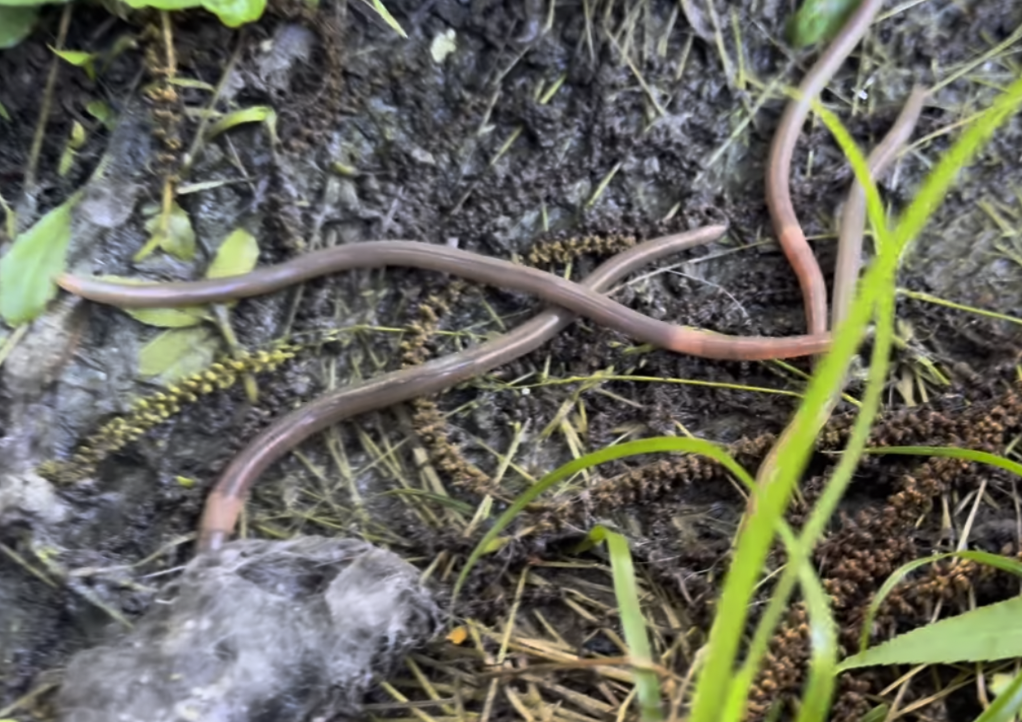
Worm grunting might sound silly, but it’s surprisingly precise. Also known as worm charming, it involves creating vibrations in the ground to mimic a predator’s movements, usually a mole. The worms, sensing danger, surface in a panic. No bait, no digging, just rhythm, timing, and the right spot. The ground hums, the worms rise, and the grunter waits, bucket in hand. It’s part science, part swamp magic, and totally captivating.
With a wooden stake and a metal rod, grunters can summon hundreds of worms in minutes. Passed down like a family recipe, each grunter adds its personal touch, whether it’s the type of wood, the time of day, or soil moisture. But the core remains unchanged: disturb the dirt just right, and the worms come calling. No fancy equipment, just grit, mud, and sturdy boots.
Practiced Mostly in Florida’s Apalachicola National Forest, It’s Become Both a Science and an Art
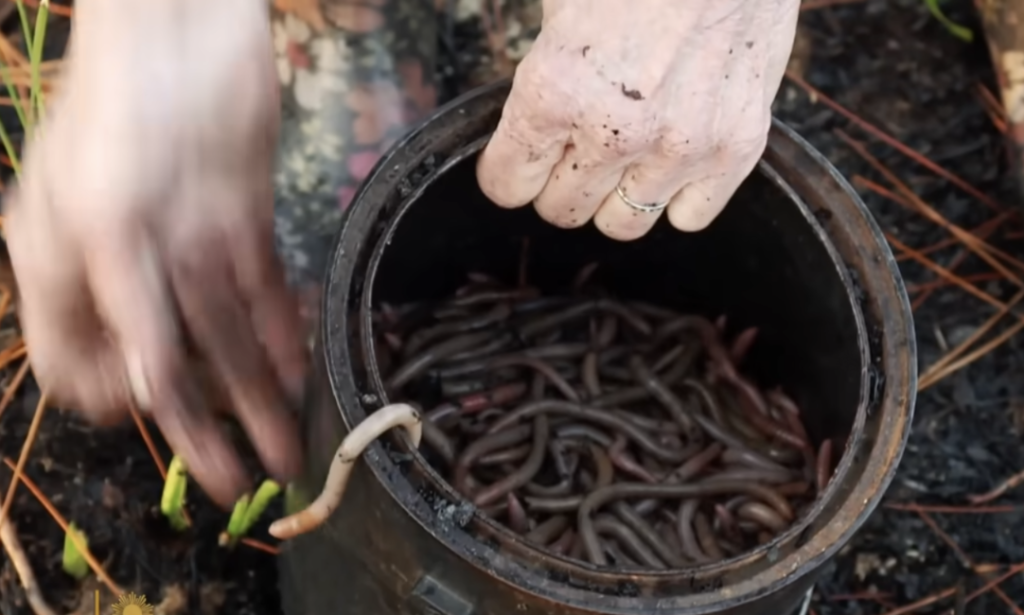
If worm grunting had a capital, it would be deep in Florida’s Apalachicola National Forest. The pine flatwoods and damp soil create the perfect conditions for worm charming. The terrain allows vibrations to travel easily, keeping worms close to the surface. For locals, it’s not just a hobby; it’s a skill honed over generations. The right spot, the right time, and the right rhythm make all the difference.
In Apalachicola, worm grunting blends biology with performance art. Some grunters analyze soil pH and worm behavior, while others trust tradition over instruments. Either way, it’s a local expertise that always astonishes outsiders. The forest isn’t just a backdrop; it shapes how the sound travels and how the worms react. Down there, you don’t just grunt. You listen to the land.
Grunters Use Wooden Stakes and Metal Slabs to Mimic the Vibrations of Digging Moles, Natural Worm Predators
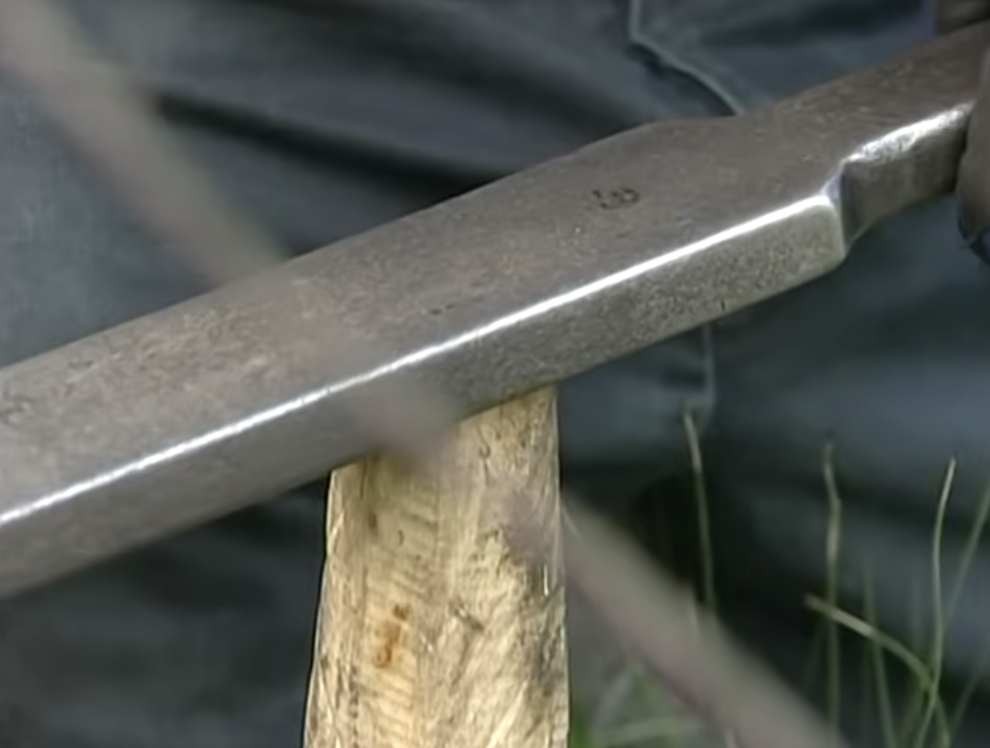
The tools of worm grunting are simple but effective. Most grunters use a wooden stake (called a stob) and a flat metal piece (known as a rooping iron). The stake is driven into the ground, and the grunter scrapes the metal across the surface, creating rhythmic vibrations. While it may not look high-tech, to a worm, it’s a warning. The tremor mimics a mole tunneling nearby. When the earth trembles just right, worms instinctively surface to escape.
Everyone has their own gear preferences. Some swear by oak stakes, others by cypress. A few modify their rods for a more resonant hum. It’s not just about strength; it’s about rhythm, pressure, and feel. Too hard, and you get silence; too soft, and the worms stay put. But when it’s done right, the ground starts to wriggle, the bucket fills, and the grunter’s work begins.
The Technique Has Roots in Both Folk Tradition and Animal Behavior Research
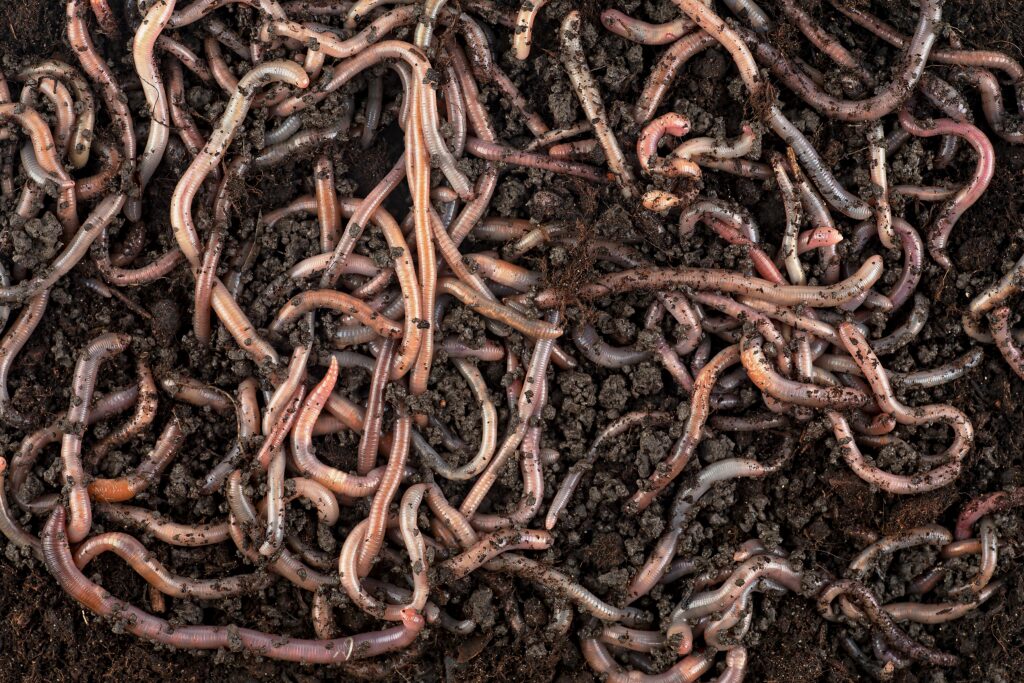
Long before scientists arrived with clipboards, worm grunting thrived in the rural South. It began as practical knowledge, passed down through demonstration rather than documentation. Families taught kids how to feel the rhythm, where to stake the ground, and how to recognize the right vibrations. No proof was needed; when the worms surfaced, that was evidence enough.
Eventually, biologists took notice. They discovered that the vibrations grunting creates mimic the movements of predators, such as moles. To a worm, these rumbles signal danger, triggering a survival response. What was once a quirky backwoods trick is now studied in academic journals. Turns out, folk knowledge had science beat by a few hundred worms.
Sopchoppy, Florida, Hosts the Annual Worm Gruntin’ Festival, Attracting Thousands With Music, Contests, and Live Demos
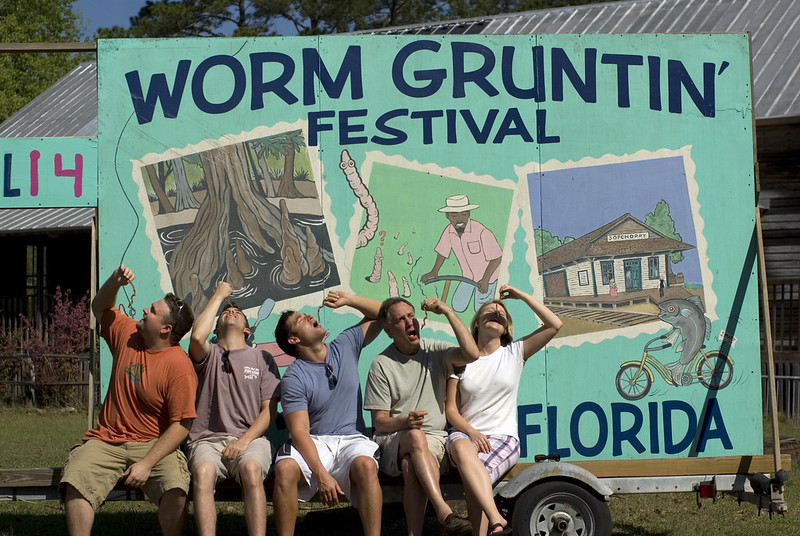
Every spring, Sopchoppy transforms into the worm capital of the world. The Worm Gruntin’ Festival attracts thousands eager to see Worm Charming in action. The streets fill with booths, the air smells like funnel cake, and bluegrass bands play loud enough to rival the grunting. At the center are the grunting demos, where contestants hammer stakes into the ground while the crowd cheers like it’s a rodeo. It’s part science fair, part Southern jamboree, and completely weird in the best way.
Locals dive into the festival, donning worm-themed outfits and handing out worm-shaped treats. You’ll find worm art, puns, T-shirts, and even worm dance-offs. It’s family-friendly and delightfully eccentric, and visitors leave amused and amazed. There’s no place like it in America, where a six-year-old can summon 150 worms while washboard music plays in the background. The festival doesn’t try to be trendy. It embraces its weirdness with pride. That’s why it lasts.
Kids Compete to See Who Can Charm the Most Worms in 30 Minutes, Some Grabbing Hundreds
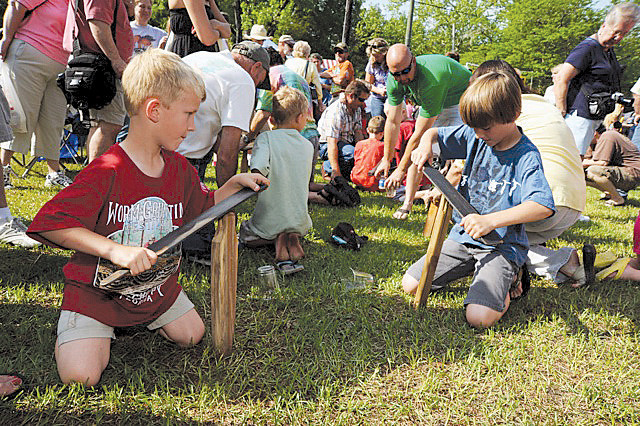
The most competitive event at the Worm Gruntin’ Festival isn’t pie-eating or sack races. It’s the kids’ worm charming contest. Armed with stakes and rooping irons, children are given a patch of dirt, a time limit, and one goal: coax as many worms as possible out of the ground. It’s a blur of scraping, scooping, and squealing. Some kids collect a few, while others pull up hundreds like seasoned pros. Parents cheer like it’s the Super Bowl. The dirt flies, the worms wiggle, and the pride is real.
t’s part sport, part science lesson, and part rite of passage in Sopchoppy. Many kids learn from parents or grandparents, continuing the tradition with mud-caked fingers and determined faces. Prizes are awarded, but bragging rights are sweeter. Watching a seven-year-old out-grunt an adult isn’t just possible. It’s common. In Sopchoppy, worm-grunting champions may be small, but they sure know how to shake the ground.
Earthworms Collected Are Sold as Fishing Bait, Fueling a Local Micro-Economy
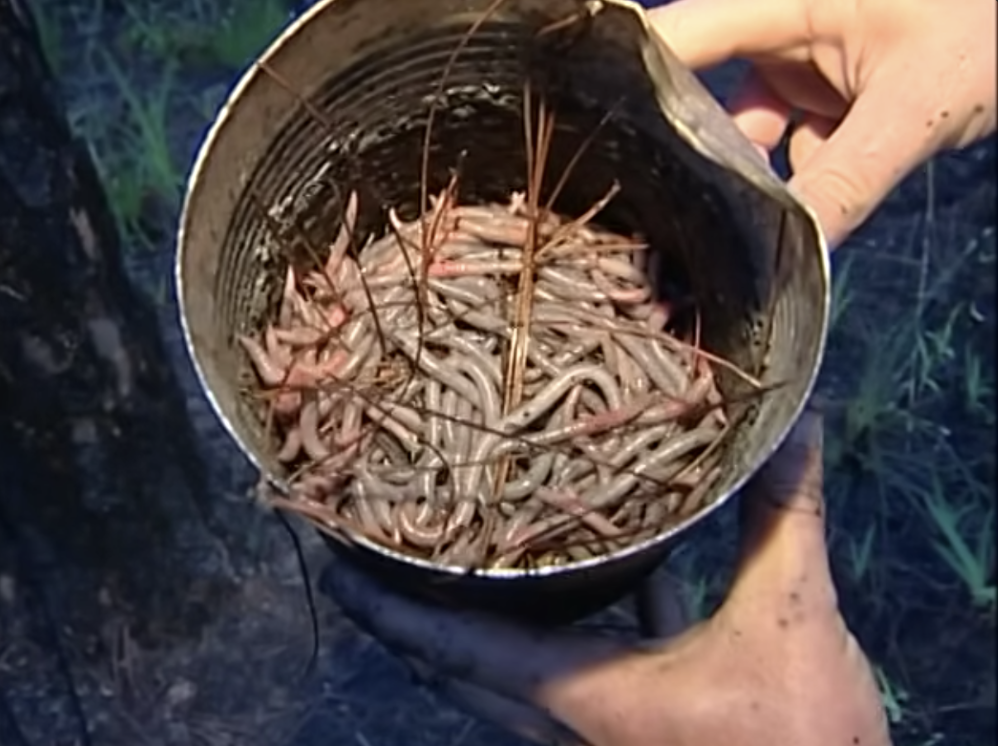
Worm grunting isn’t just about fun. It’s a business. The worms charmed from the soil are quickly scooped up, sorted, and sold as live fishing bait. During peak seasons, grunters collect thousands, many of which end up in local bait shops. Anglers love them for being fresh, native, and effective on the hook. These aren’t your gas station worms. They’re the real deal.
In Sopchoppy, coolers labeled “WORMS $3” with an honor system are standard. Some families turn it into a side hustle, collecting worms in the morning and delivering them to bait vendors by afternoon. It’s a homespun economy powered by soil, sweat, and a little vibration. With nearly no startup costs, it’s one of the most accessible small businesses around. No website is needed. Just know where to grunt and how to keep the worms fresh.
Scientists Have Studied the Phenomenon, Confirming That Worms Surface in Response to “Danger” Signals Like Predator Vibrations

What began as a homespun trick eventually caught the attention of scientists. Researchers studying animal behavior found that the vibrations during worm grunting mimic the movements of natural predators such as moles. To a worm, these rumbles signal danger, triggering a survival response. Controlled studies confirm what rural families knew for generations: worms respond to danger, and vibrations signal a threat.
Biologists even explored the ideal frequencies and soil types for optimal worm output. What was once considered backwoods folklore is now seen as a legitimate interaction between predator simulation and prey survival. While the science adds credibility, it doesn’t diminish the mystery. Most grunters still trust their instincts over academic papers. They were charming worms long before lab coats got involved.
The Festival Celebrates Quirky Americana While Keeping an Old-School Rural Tradition Alive
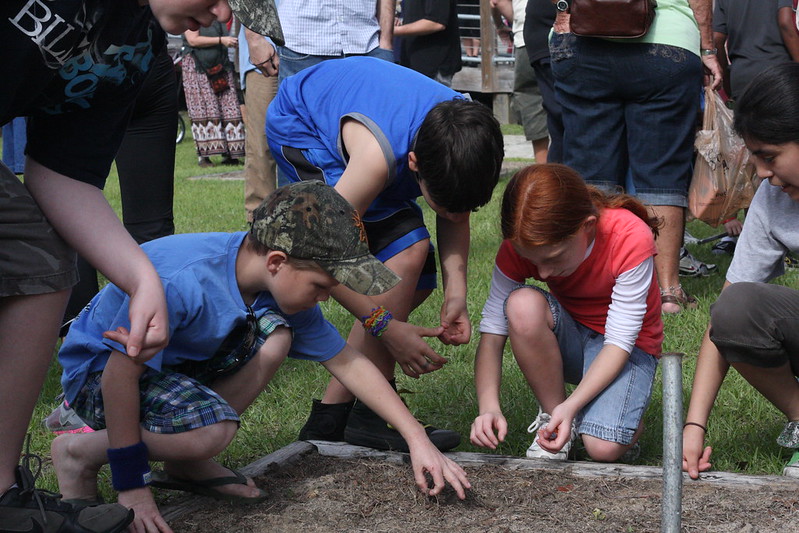
The Worm Gruntin’ Festival isn’t just about bait. It’s about identity. While other towns chase trends, Sopchoppy embraces its mud-soaked roots. The festival is proudly weird, intensely local, and full of small-town spirit. It brings together farmers, teachers, tourists, and scientists, all united by the thrill of worms emerging from the ground. With music, food, crafts, and enough worm puns to make a dad proud, it’s Americana at its quirkiest. Best part? Nothing feels manufactured. It’s real people doing something they genuinely enjoy.
Beyond the funnel cakes and live music, the festival preserves a unique tradition. Worm grunting reflects generations of knowledge, connection to the land, and creative problem-solving. Instead of fading away, it’s celebrated front and center. The town doesn’t try to polish it or make it trendy; they invite everyone to join in, mud and all. It’s a rare event, a blend of heritage, humor, and heart. If you’re looking for authenticity, you’ll find it where the ground hums and the worms rise.
It’s One of the Few Places Where You Can Say, “I’m a Professional Worm Grunter,” With a Straight Face
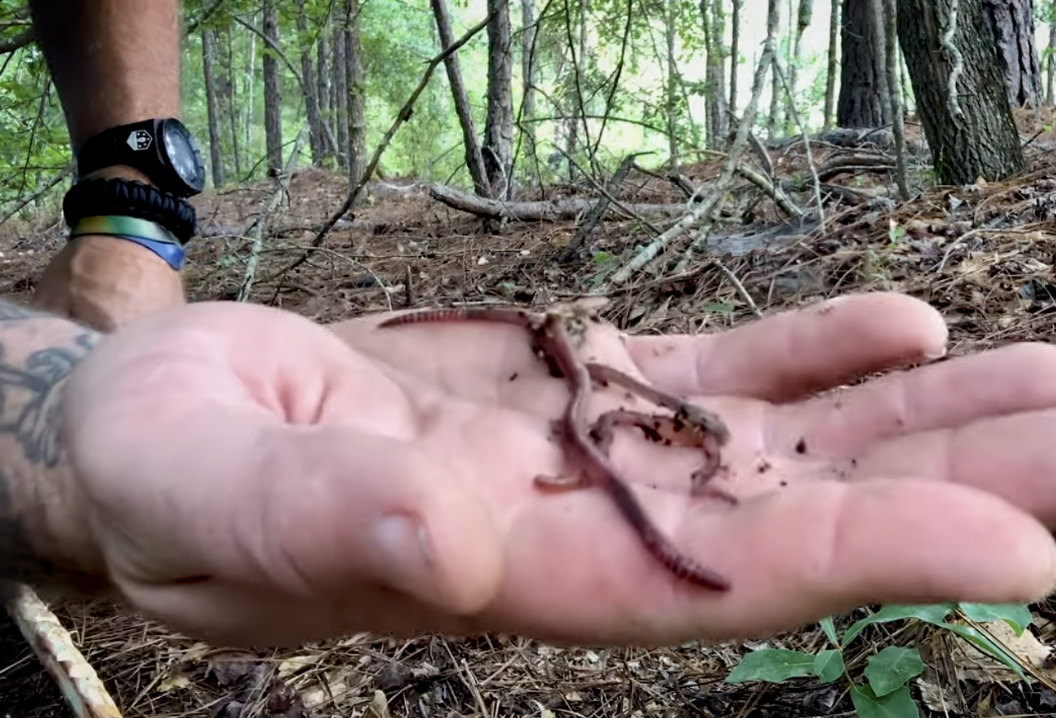
Try telling someone you’re a professional worm grunter in any big city, and watch the conversation end. But in Sopchoppy, that title means you’ve mastered a skill most didn’t know existed. These pros know the perfect angle for their stake, how to adjust pressure based on soil, and how to read the land. They can summon worms by the hundreds with nothing more than a metal rod and practice rhythm. And it’s not just for fun. Many earn income from bait sales, demonstrations, or teaching others the craft.
The community treats these grunters with respect and affection. They’re part entertainer, part technician, and all local legend. Some have been grunting since childhood, while others developed the habit later in life. In Sopchoppy, being a worm grunter isn’t just accepted. It’s admired. It’s one of the few jobs where dirty hands and a bucket full of worms mean you’ve truly made it.
This story, The Strangest Way to Catch Worms: Inside the World of Worm Grunting, was first published on dailyfetch.net.


